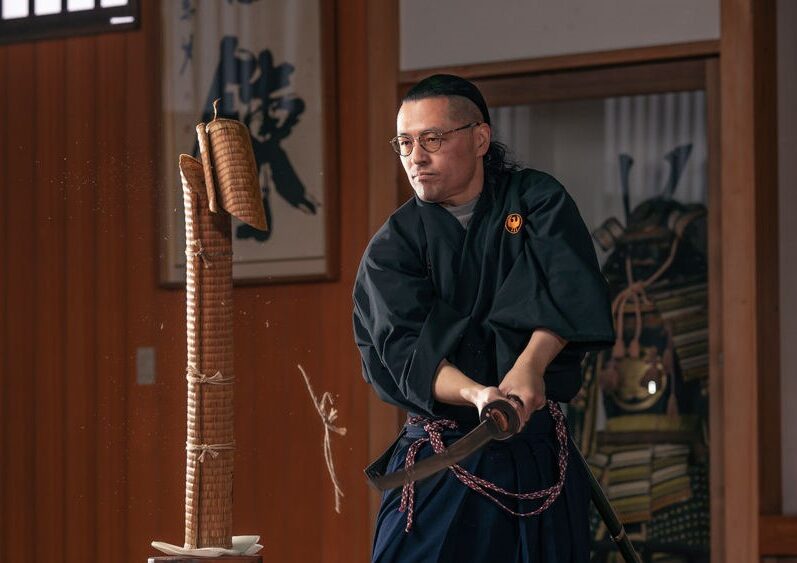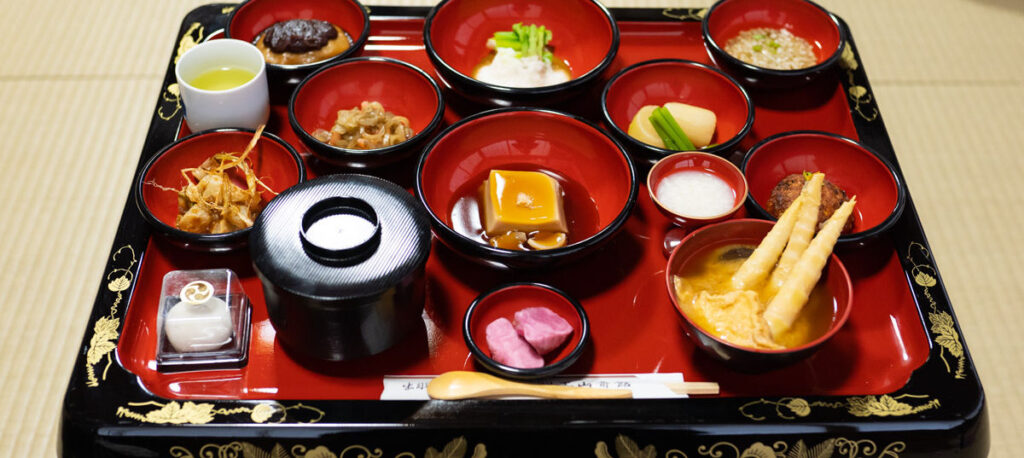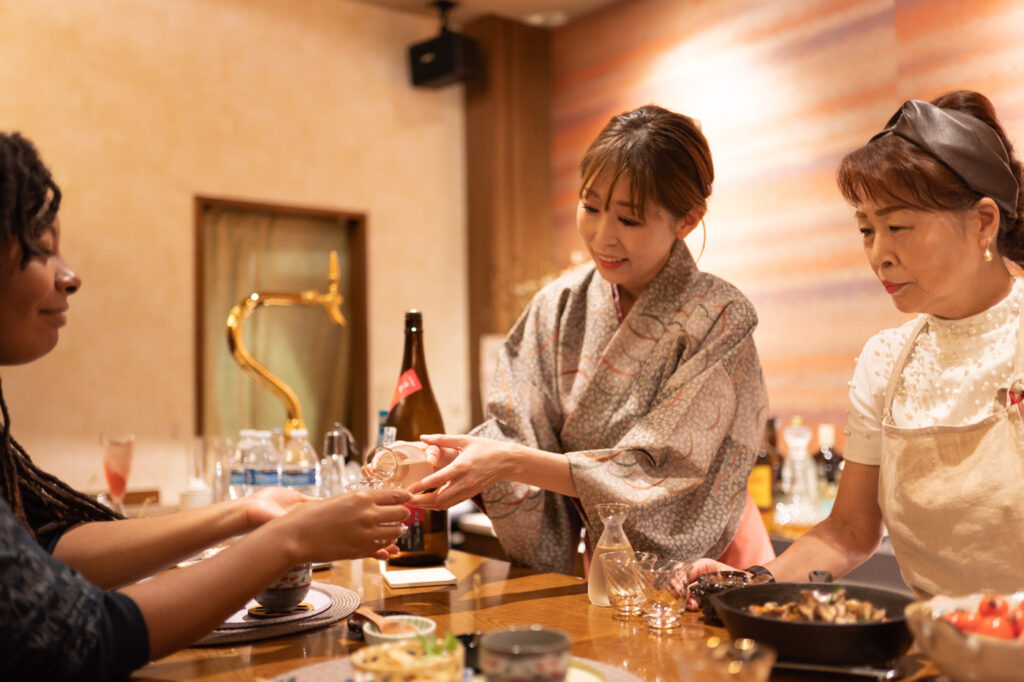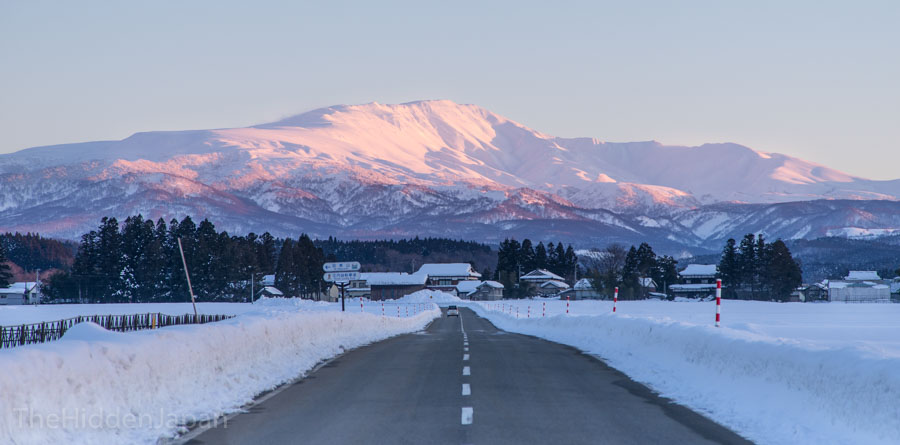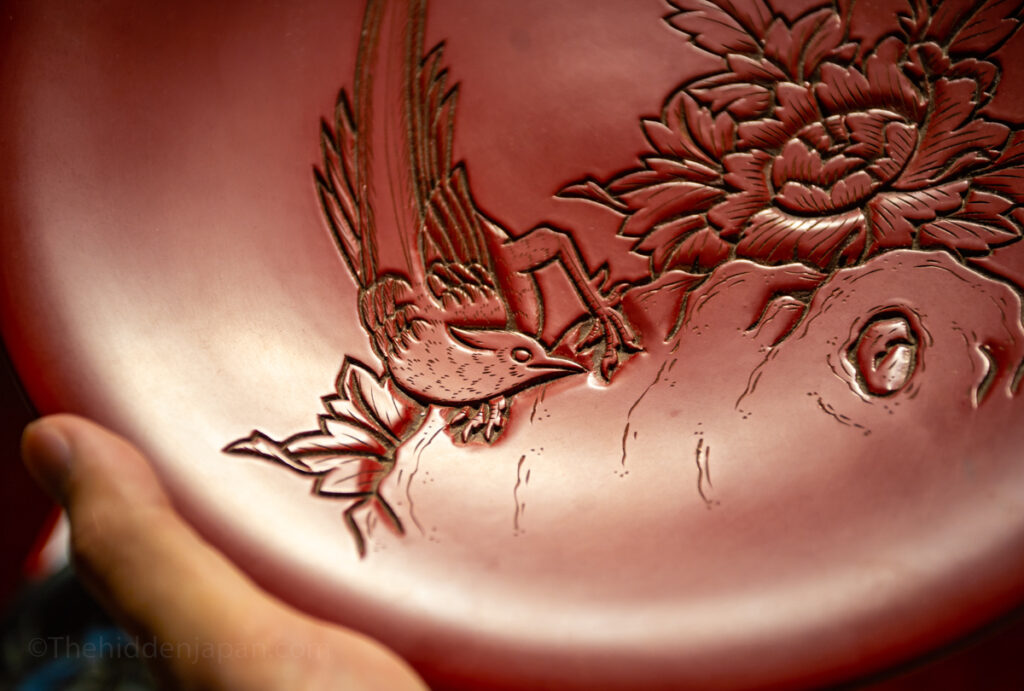
Yamagata Prefecture
Witness the class difference in the 1700s just by going to this Homma Historical Residence.
The Homma Historical Residence is a great place to see the difference between classes in Japan from the 1700s onwards in Sakata City. Originally built over 250 years ago in 1768 by the famous third generation of the family, Mitsuoka Homma, what became the Homma Historical Residence building was made in the samurai style to host visits from inspectors of the Tokugawa Shogunate. Then, merchant-style architecture was added to the original buildings once these visits ended in 1813. That the building has stood for over 250 years can be put down to fire-resistant technology, such as using stone under the eaves of the roof.
Quick Info
Cost
700 yen for general entry
1400 yen for a combined ticket that includes entry into the Homma Museum, Seienkaku Mansion, and the Kakubuen Gardens.
Opening Hours
March to October: 9:30 to 4:30
November to February: 9:30 to 4:00
Closed mid-December to late January to change exhibits.
Average Duration
1 hour
Address
〒998-0045 Yamagata-ken, Sakata-shi, Nibancho, 12−13
Other tips
The Homma Historic Residence is near Sakata City Hall, The Historical Abumiya Residence, and the Sankyo Rice Warehouses.
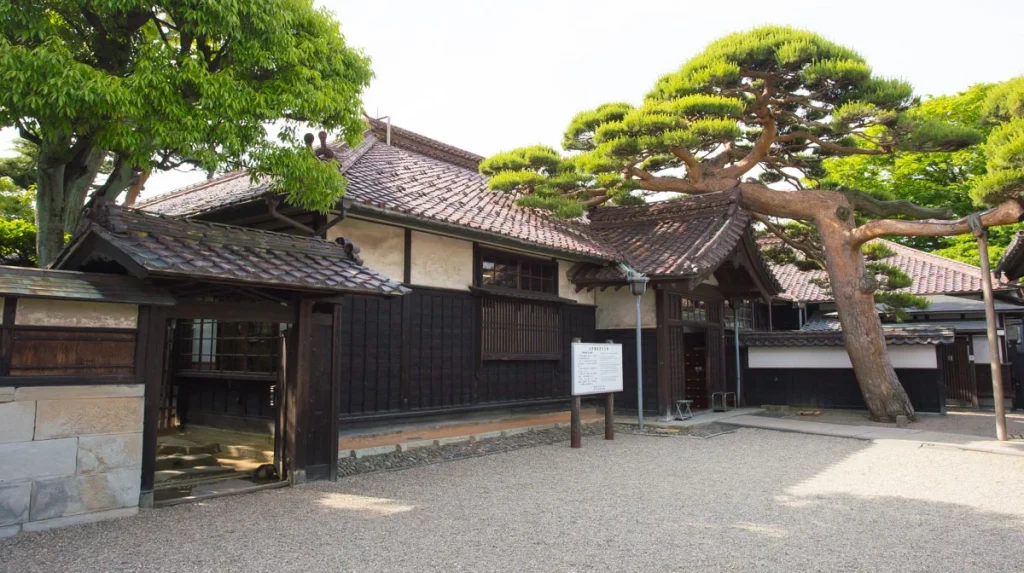
Step inside and you can immediately see that the Samurai class had a much different lifestyle to ‘ordinary’ citizens. The main entrance you enter the building through is for the Samurai class, as such it is characterized by many features such as a higher class of wood, different styles of Shoji screens throughout, and generally better craftsmanship. The merchant-style architecture part of the house is nowhere near as grand, and was more built for practical purposes.
Also in Sakata City is the Homma Villa and gardens which were also owned by the Homma Family. There are discount tickets available for guests visiting both of these locations and they pair perfectly together for those looking to experience the history and contributions of this family. The descendants of the Homma Family continue to live in Sakata to this day and can sometimes be seen at their former home guiding people and telling guests about their history.


